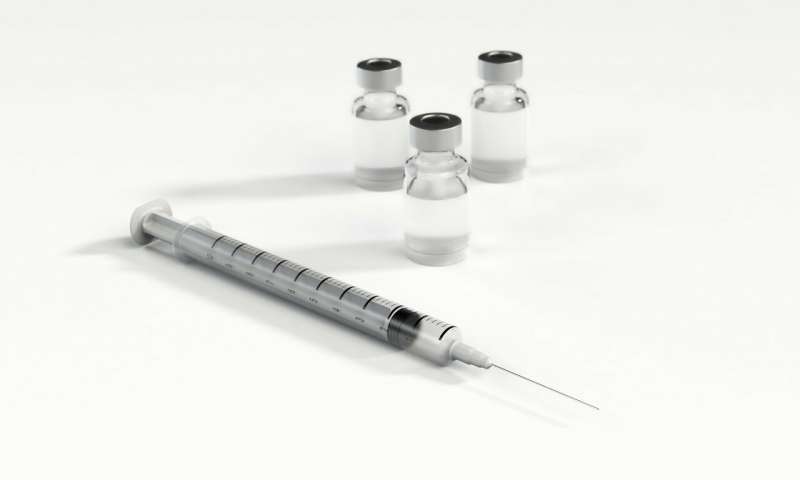
A new Canadian guideline lays out the optimal strategies for providing injectable opioid agonist treatment with prescription heroin and hydromorphone for people with severe opioid use disorder. The clinical guideline was created for a wide range of health care providers to address an urgent need for evidence-based treatment of opioid use causing overdose and death, and is published in CMAJ (Canadian Medical Association Journal).
In 2018, of the 4,460 Canadians who died from opioid overdoses, 94% were accidental deaths, a 9% increase from 2017 and a 48% increase from 2016. This guideline will support health care providers to deliver life-saving prescription treatments for opioid addiction, which may prevent overdoses.
“Opioid use disorder is a public health emergency nationwide; unfortunately, resources for the treatment of opioid addiction have been scarce and guidelines outlining best practices for innovative treatments have been lacking. This guideline is a blueprint for health practitioners to step up and provide evidence-based care,” says Dr. Nadia Fairbairn, British Columbia Centre on Substance Use and the University of British Columbia, Vancouver, BC.
Oral opioid agonist treatments are the most effective approach to reducing death in people using opioids, although many do not benefit from this therapy because of opioid cravings, inability to achieve an effective dose, adverse reactions or contraindications, and ongoing injection drug use.
Evidence included in the guideline demonstrates that injectable opioid agonist treatment with prescription heroin (known as diacetylmorphine) and hydromorphone is an evidence-based, cost-effective treatment for individuals with severe opioid use disorder who have not benefitted from these other treatments and continue to face high risk of harms related to injection opioid use. The writing committee, led by the Canadian Institutes of Health Research’s Canadian Research Initiative in Substance Misuse (CRISM), included health care practitioners from across the country with broad experience, and people with opioid use disorder experience. The three key clinical recommendations were determined using the GRADE approach.
Key recommendations:
- Injectable opioid agonist treatment should be considered for people with severe opioid addiction who do not respond to oral treatments, as well as for people who actively use illicit injectable opioids.
- Diacetylmorphine and hydromorphone, two injectable opioid agonist therapies, are recommended as options for patients likely to benefit from injectable opioid agonist treatment, with the decision of which treatment to use made based on availability, patient choice and the judgment of the prescriber.
- As assigning an end date to treatment is associated with a return to illicit opioid use, injectable opioid agonist treatments should be prescribed on an open-ended basis, and the decision to transition to another treatment should be made in collaboratively with the patient.
The guideline also includes expert opinion on clinical care approaches, including who is eligible for this treatment, doses and missed doses. Patient values and preferences were considered in the development of the recommendations.
“Offering injectable opioid treatments is an effective way for clinicians to address the toxicity of the fentanyl-adulterated drug supply and help people achieve stability so they can focus on other aspects of their lives to get well, such as housing, employment, and connecting with family,” says Dr. Christy Sutherland, Medical Director of PHS Community Services Society in Vancouver, BC.
In addition to the clinical guideline published in CMAJ, CRISM also released operational guidance for delivering injectable opioid agonist therapy.
Source: Read Full Article
